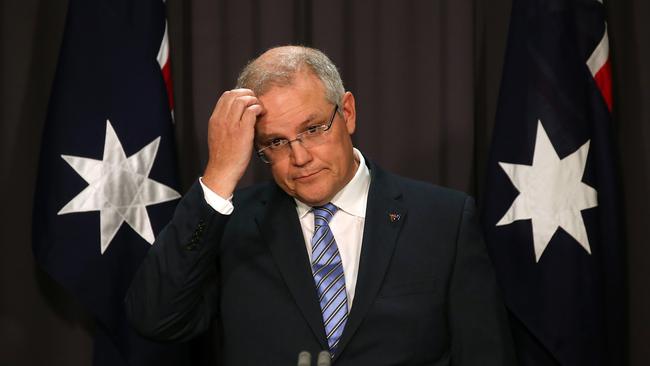The ten million dollar club strikes again
As many are forced to tighten their belts, senior public servants continue to enjoy the benefits of a gold-plated scheme.

And not only is this gold plating creating an horrendous cost for the nation but it is making the public service unworkable because those employed after 2005 do not get paid anything like their colleagues who were able to join the gold-plated pension scheme.
The big cost is among the top public servants and it is dividing the public service into two camps which may be one reason for a series of bad decisions we have seen come out of Canberra, particularly during the Coalition’s first term of a government, a period when politicians are inexperienced.
Nevertheless, slowly, Australia is beginning to be told of the horror cost of public servant pension gold plating.
The benefit splurge applies to top public servants who were employed before 2005 (sometimes 2007) and who were able to join a pension plan related to their final or final average salary.
The official funding deficit figure presented to the Parliament shows that on the basis of a government bond rate of 2.7 per cent, $314bn would be required to cover pension liabilities for the fund — an increase of $66bn in one year.
The $314bn deficit estimate is 50 per cent higher than the May budget estimate because in the budget the actuaries used what are currently inflated rates of return — a practice that many actuaries defend.
But even the $314bn shortfall may understate the position because of the blatant rorts in the scheme. For example, a public servant whose spouse has died can partner with another person and on the public servant’s death the new partner receives just over 67 per cent of the public servant’s pension (it’s 80 per cent for politicians). Nothing like that is available in the private sector annuity market because of the cost — the new partner may live for another 80 years! That’s why my actuarial advisers say the real deficit figure is at least $400bn and it could be $600bn.
And the market worth of the pension scheme of most senior public servants is between $10m and $12m — that’s why they are called the $10 million club.
Their aim in life is to avoid the harsh measures that the government is imposing on the rest of Australia. (Scott Morrison is missing the point of superannuation reforms, September 7).
So, let’s go through how some of the latest gold plating retention works.
But first we have to make a concession. Currently, members of the $10 million club, and indeed all of those involved in the public service defined benefit scheme, can make contributions to a second fund — usually a self-managed fund. This will cease from July 1 2017.
Now the retained gold plating:
Firstly, in the private sector if an employer contributes more than $25,000 to a fund from July 1 2017 then that contribution is subject to a penalty tax. The public service rules have not been brought into line.
And this is particularly important for the top people at the Reserve Bank and University Vice Chancellors etc. who joined their funds prior to 2007.
Unlike the public service, their funds are fully funded and those funds are receiving annual contributions of more than $25,000 which is not being penalty taxed.
In simple terms, these schemes are now so far out of line with what the government is imposing on the rest of Australia that where the market value of the benefit is above $1.6m, increased benefits should be frozen. And the rorts involving new partners after retirement should be blocked.
I have called for a Parliamentary inquiry so that all parties can look at what changes are required. While there is $120bn in the future fund that goes nowhere near covering the $314bn shortfall the government now admits to and is a joke when compared to the $400bn to $600bn shortfall my actuarial advisers claim is the right figure (Morrison needs to do more on reining in public service pension rorts, August 25).







The “ten million dollar club” of top Australian public servants has struck again by preserving most of the gold plating in their pension nest while the rest of Australia suffers benefit cut backs and/or extra taxes.